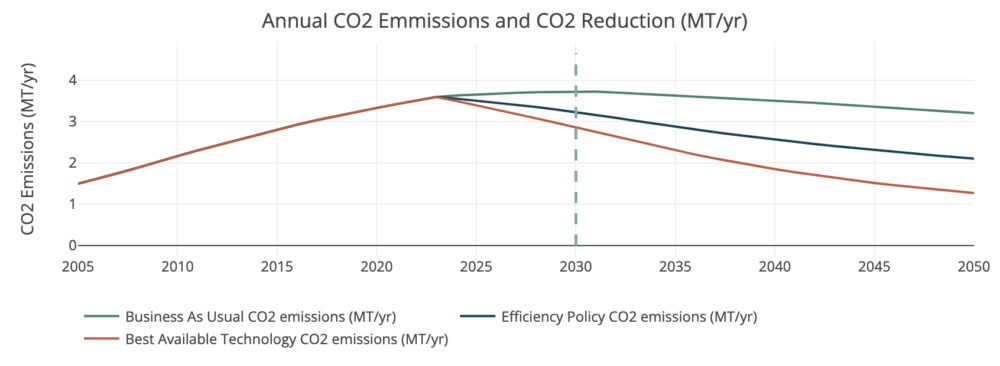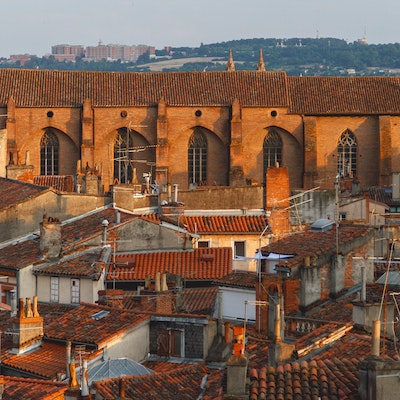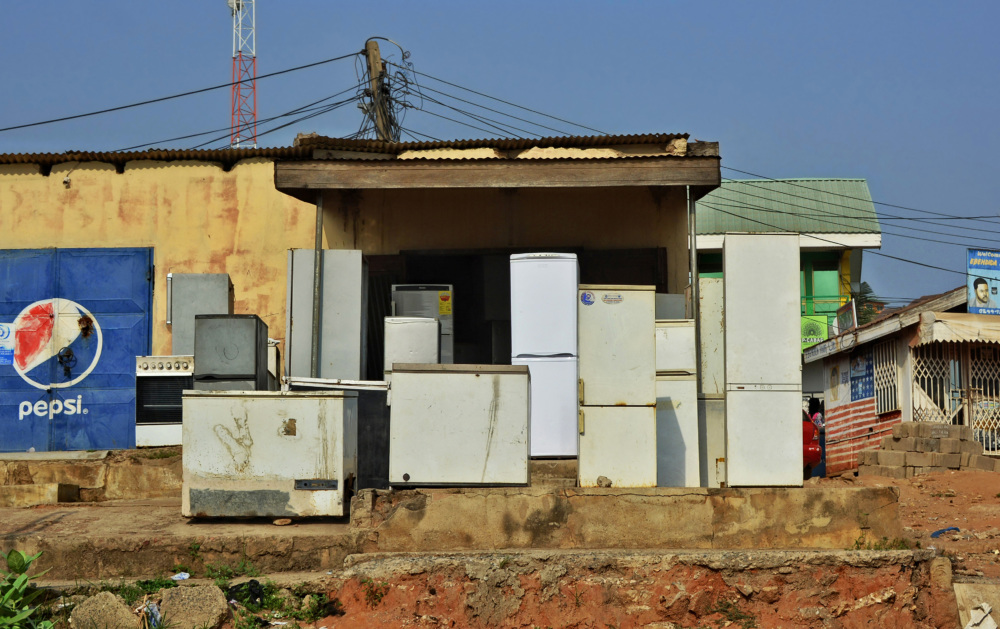Technical, Financial, and Legal Analysis on Proposed Delay to EU Stage 6 Ecodesign Lighting Regulation
Policy Situation
In September 2016, the final stage of 244/2009 (“Stage 6”) is scheduled take effect and phase out D-class mains-voltage halogen lamps, in favour of B-class halogen lamps and more efficient technologies such as CFLs and LED lamps (which are A, A+ and A++).[1]
The Lighting industry approached the European Commission with a request to delay the effective date of Stage 6 to 2020. The Commission conducted a review study and stakeholder consultation and responded by proposing a two year delay (to September 2018). [2]
However, market research and product testing of LED lamps shows that the technology has improved so much in the last two years that the technical and economic need for a delay to the policy measure is no longer necessary, as summarised by the following:
- Consumer Benefits: LED technology development has been incredibly fast, particularly in the last 2 years. LED lamps are available now which offer consumers payback periods of <1 year when operated 3 hours a day.[3] These payback periods will become even shorter in the coming years LEDs continue to progress, and by keeping the 2016 date, innovation in LED lighting with be further accelerated with a faster price reduction from the high sales volumes benefitting consumers sooner than if Stage 6 was delayed. LED lamps can offer consumers a long lifetime, high colour rendering, significant energy savings and a familiar shape and appearance. In the UK, a household that switches today can save £100 per socket over the 15,000 hour life of an LED lamp in avoided replacement halogen lamps and saved electricity.[4] Retailers like IKEA are recognising this benefits for their customers and have announced they will switch to all LED by 2016.[5]
- New Jobs: As LED businesses grow, new jobs are being created across Europe that focus on LED lighting. In addition to the new direct-employment jobs, there are indirect job benefits as well. Saving households’ money on their energy bills increases the disposable income available to spend elsewhere in the economy. For example, scaling the Europe-wide estimated savings from not delaying Stage 6 to the UK economy translates into the creation of approximately 1090 new permanent jobs in other sectors of the economy. [6]
- Energy Security: Europe is not on target for 2020 efficiency gains[7] – in part because the lighting regulation 244/2009 hasn’t delivered the expected savings due to the high sales of halogen. Energy-efficiency is a resource that can be used to reduce dependence on energy imports, providing greater energy security for Europe. LED lamps are available today that are already 8 times more efficient than halogen and 2 times more efficient than compact fluorescent lamps. LED lamps typically save 85% of energy compared to halogen lamps.
- Policy Precedent: the modification of an existing law in response to industry pressure sets a dangerous precedent for all ecodesign policies. There was a different view from industry when this law was adopted in 2009 and the industry association declared its support: “We welcome the draft EU decision aiming at restricting incandescent lamps in Europe by 2012 and low efficiency halogen lamps by 2016. […] The agreed phase-out timeline gives enough time for restructuring about 14 factories and ensuring industry competitiveness.” [8]
- Policy Analysis: The Commission was required to conduct a review of Stage 6, and Recital 20 in the regulation (EC No 244/2009) provides guidance: “(20) A review of this measure should take particular note of … the development of new technologies such as LEDs and of the feasibility of establishing energy efficiency requirements at the ‘A’ class level.” However the review resulted in a proposal for a 2-year delay to Stage 6 rather than establishment (or not) of the A-class level. Stage 6 is currently set at B-class halogen lamps, which are available to purchase in Europe and can be out-sourced in bulk from at least one lamp manufacturer in China.[9] A recent study found that if B-class lamps were to enter the European market in volume, they will undermine LED and eliminate approximately half of the anticipated energy savings for consumers.[10]
To learn more, read CLASP’s latest analysis, produced in collaboration with the Danish Energy Agency and Energy Piano: European LED Market Evolution and Policy Impacts.
[1] Ecodesign regulation EC No 244/2009 split the European incandescent lighting market into two groups: frosted lamps and clear lamps, with different energy-efficiency requirements for each. The policy measure for frosted incandescent lamps intended that they be replaced by compact fluorescent lamps (CFLs, which are A-class). Clear incandescent lamps were to be replaced by mains-voltage halogen lamps (D-class energy label). These measures were introduced – some of them gradually – over a series of five regulatory Stages between 2009 and 2013. Although frosted lamps constituted 75% of sales in 2009, most frosted sockets switched to halogen instead of CFL.
[2] 5 November 2014, Commission issued an email which stated the following: EU TBT notification concerning the Draft Commission Regulation amending Regulation (EC) No 244/2009 has now been published on the WTO website under the following reference: G/TBT/N/EU/248.
[3] Philips offers an LED lamp for €6.95 which can replace a 60W incandescent (or 52W halogen) lamp but only consumes 9 Watts. Used 3 hours/day at the average EU household electricity price of €0.20/kWh, the payback period compared to at 52W halogen is 9 months. As prices for LED lamps continue to come down, the payback will get even shorter between now and September 2016.
[4] Comparison of £8 LED lamp 9 Watts (800 lumens) 15,000 hour life replacing a £2 halogen lamp 52 Watt and 2000 hour life, 14 pence/kWh. Savings of £99.40 in lamps and electricity.
[5] IKEA announced that customers will only be able to buy LED lamps by 2016, and they intend to install large numbers of LED lamps in their stores and warehouses. Click here for the article.
[6] Savings of €6.6 billion Euros from 2016 to 2026; divide by 10 to get average annual savings of €660 million. Apportion those savings by population (UK is 12.7% of EU) to estimate €83.8 million for the UK. According to ECOFYS, there are 13 permanent jobs created for every €1 million in annual energy savings. Multiplying €83.8 by 13 = 1090 new permanent jobs for the UK from not delaying Stage 6.
[7] “Gap to 2020 energy efficiency target remains wide” ENDS Europe, 5 February 2015. Weblink to article.
[8] Questions & Answers on the EU decision to phase out incandescent and less energy efficient lamps, European Lamp Confederation (ELC), 18 March 2009.
[9] “European LED Market Evolution and Policy Impacts”, by Danish Energy Agency, Energy Piano and CLASP European Programme; 16 March 2015.
[10] Ibid.









